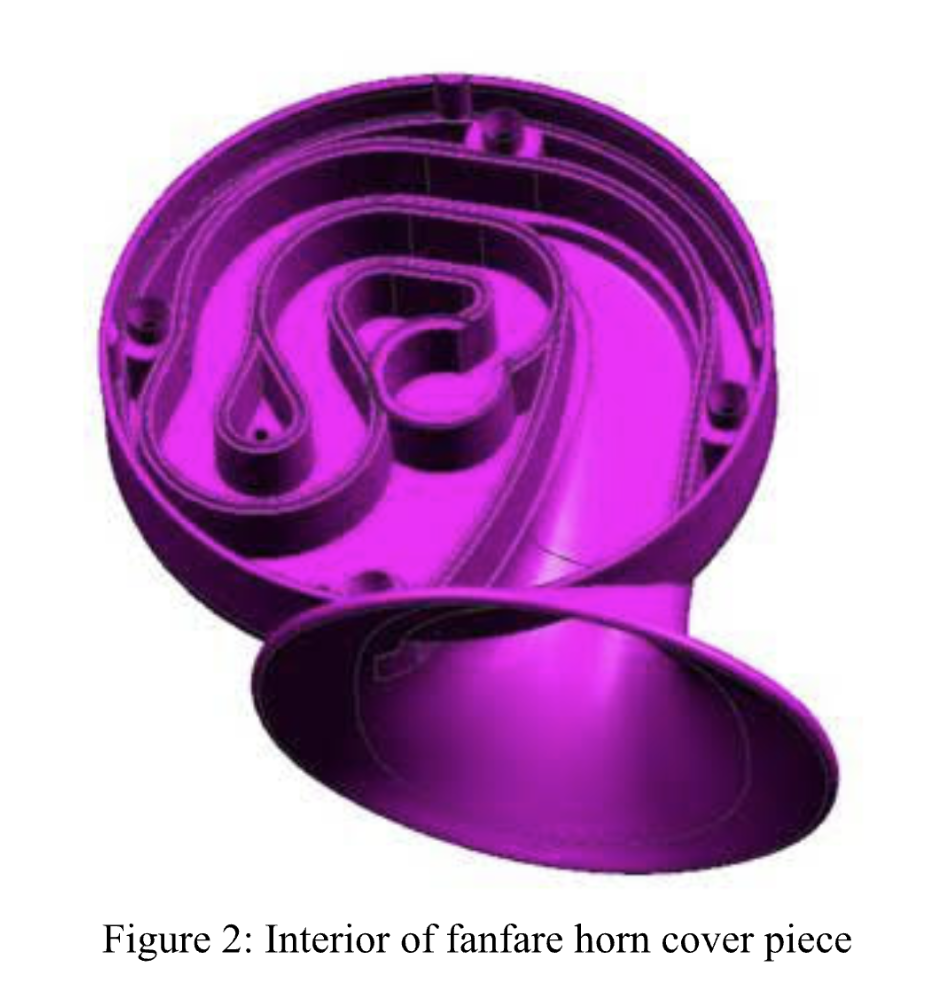Sounding Off: Three Things You Didn't Know about Electric Horns
Published by Chief Enterprises on Sep 12th 2023
Audible warning devices—more commonly known as vehicle horns—are standard components in road-going vehicles across the globe. While their purpose may seem straightforward, there’s more to these safety-critical devices than most drivers realise.
Let’s take a closer look at three important aspects of electric horns, from the differences between disc and fanfare designs to configuration choices and the myth of volume doubling.
1. Disc vs. Fanfare Horns: What's the Difference?
All electric vehicle horns fall into one of two main categories: disc horns or fanfare horns (sometimes referred to as trumpet or snail horns).
Disc Horns
The more commonly used and cost-effective option, disc horns produce sound directly from a vibrating diaphragm housed behind a metal or plastic cover. These horns are widely used in:
- Motorcycles and scooters
- Passenger cars
- Agriculutral machinery
- Construction equipment
Fanfare Horns
Fanfare horns operate on the same internal principles as disc horns but feature an added acoustic trumpet—a curved plastic or metal piece that resembles a tuba. This trumpet acts as a sound guide, shaping and amplifying the horn’s output. The result? A deeper, fuller, and slightly louder tone.
Fanfare designs are typically chosen for premium passenger vehicles or applications where a more commanding sound profile is preferred.


2. Electric Horns Come in Different Tones and Connectors
When selecting a horn, there are two important configuration elements to consider:
Tone Range
Horns are generally offered in high or low tone versions:
- Low tone: 350-400 Hz
- High tone: 400-500 Hz
Some vehicles include both, creating a dual-tone configuration for a fuller and more recognisable warning signal.
Connection Type
You’ll also need to determine how the horn will connect to the vehicle’s power supply. Common connection options include:
- Quick-connect (QC) terminals
- Wire connectors
Choosing the correct connection type ensures compatibility and long-term reliability. At Chief, we assist customers in identifying the right interface for their chosen horn and vehicle system.
3. Two Horns Doesn't Mean Double the Volume
It’s a common misconception that installing two horns will dramatically increase sound output. In reality, adding a second horn increases the sound pressure level by just 2–3 decibels (dB)—a subtle difference to the human ear.
So why fit two? Most dual-horn systems pair one high tone with one low tone. This combination produces a more harmonised and richer acoustic signature, making the horn more noticeable in noisy environments such as:
- Busy traffic
- Urban areas with background sound
- Construction zones or industrial settings
